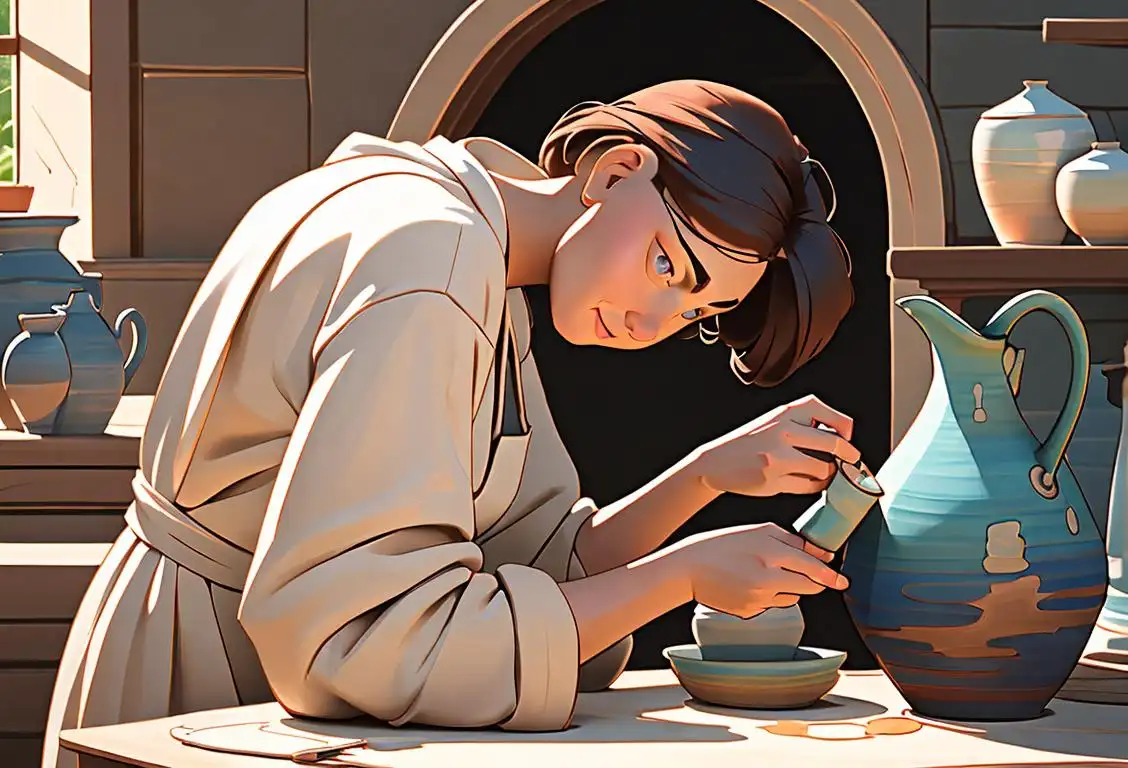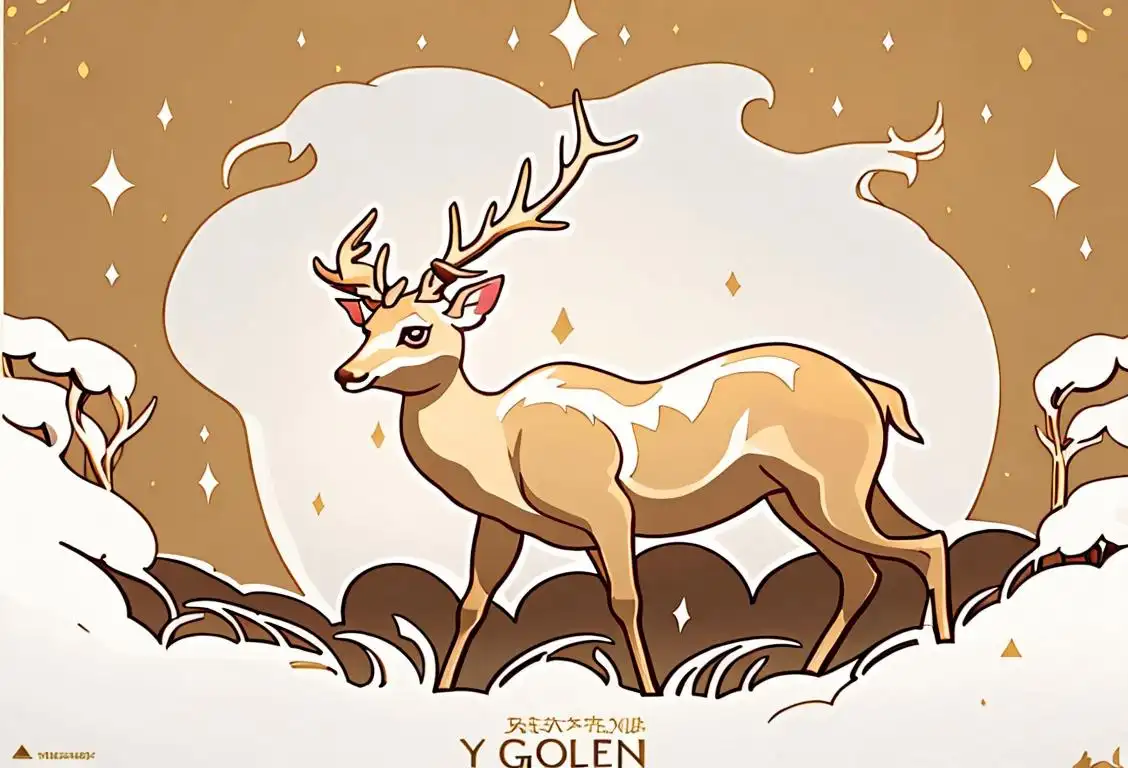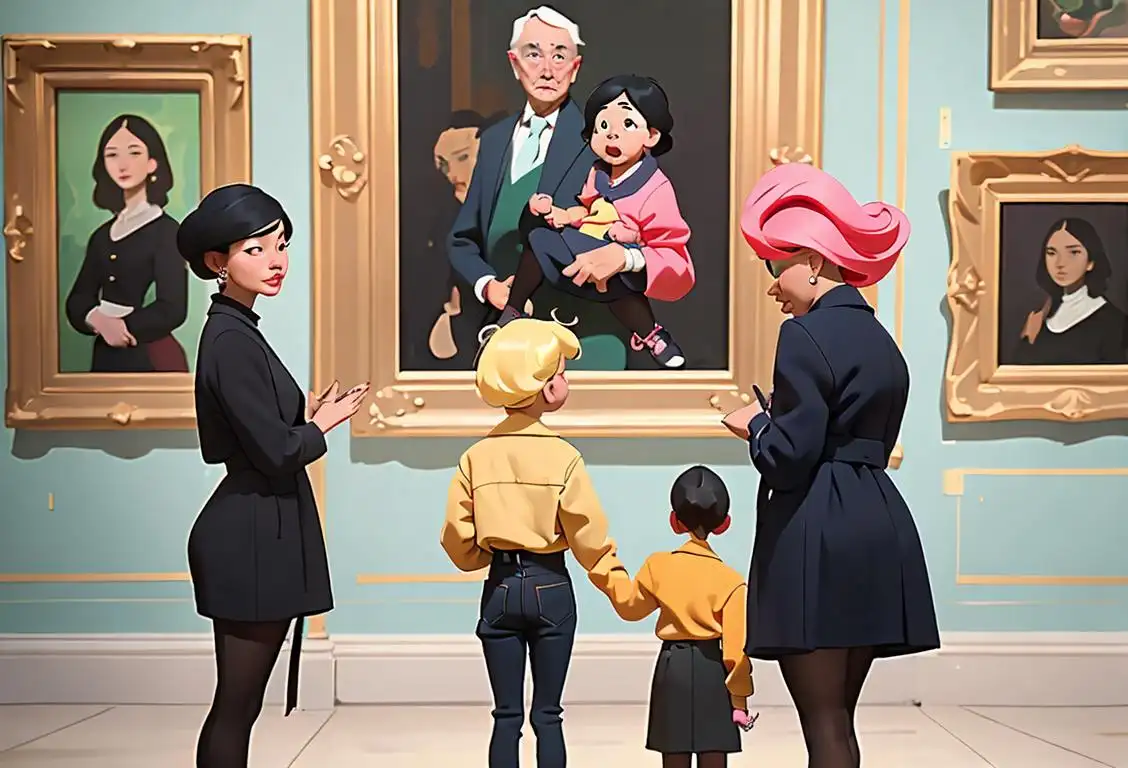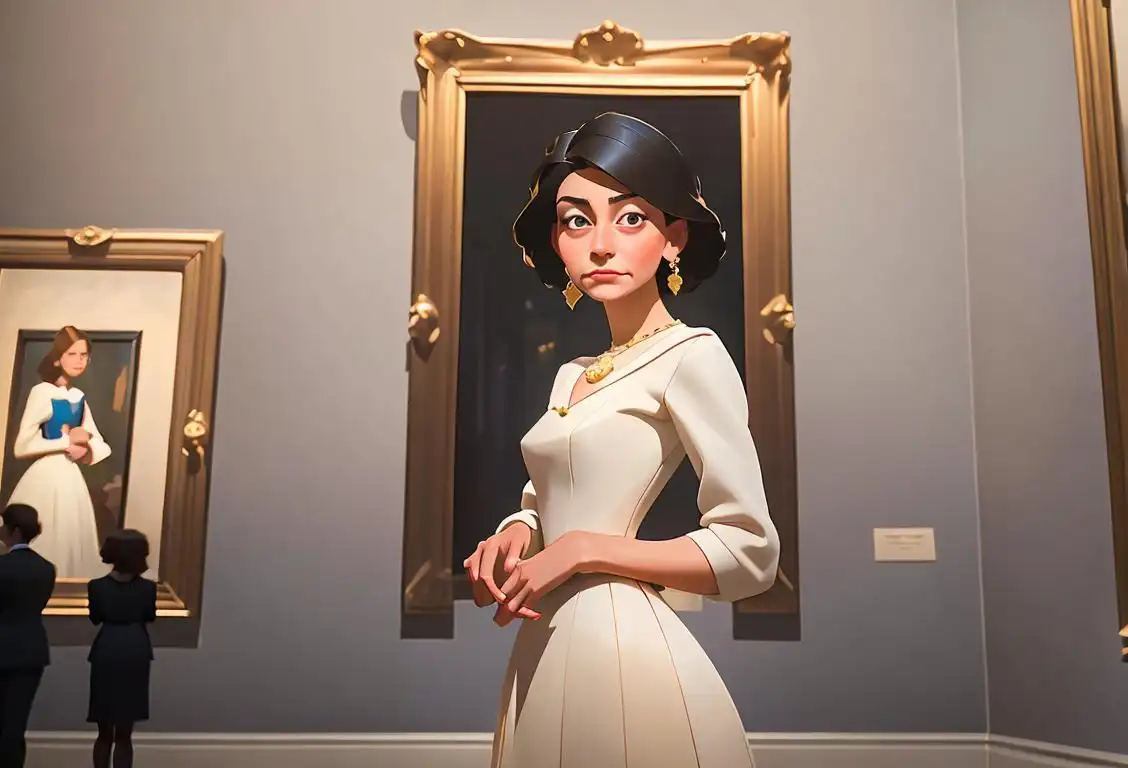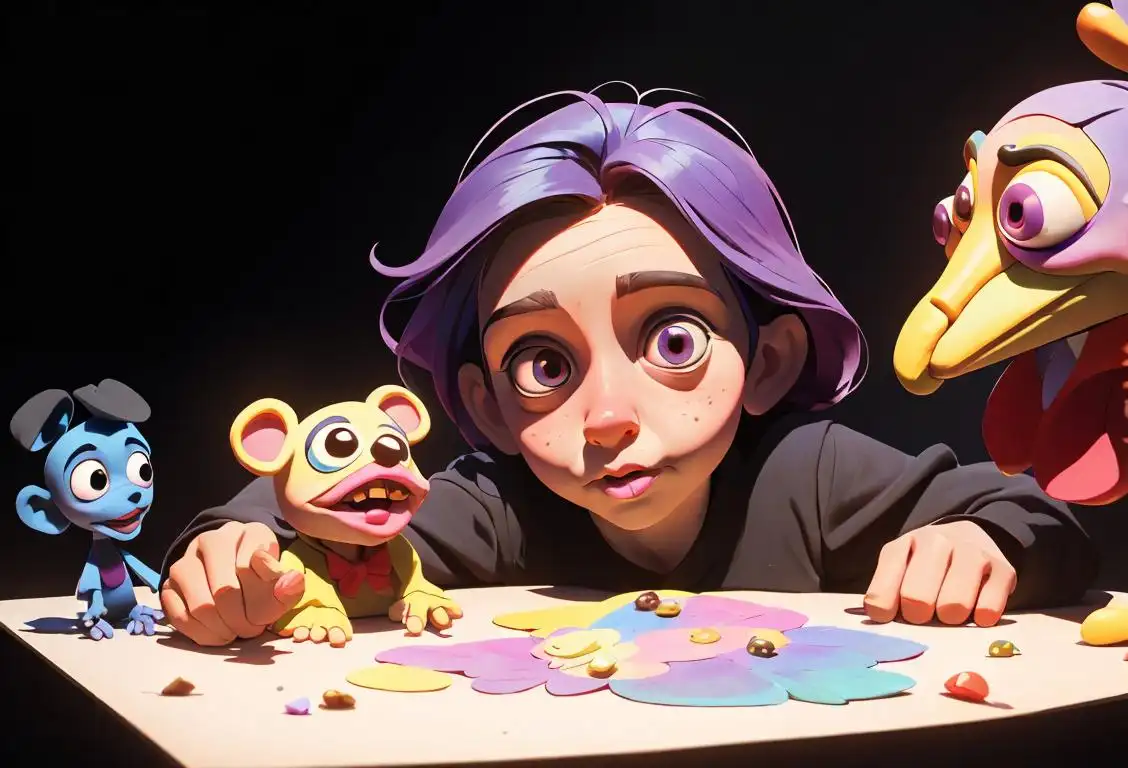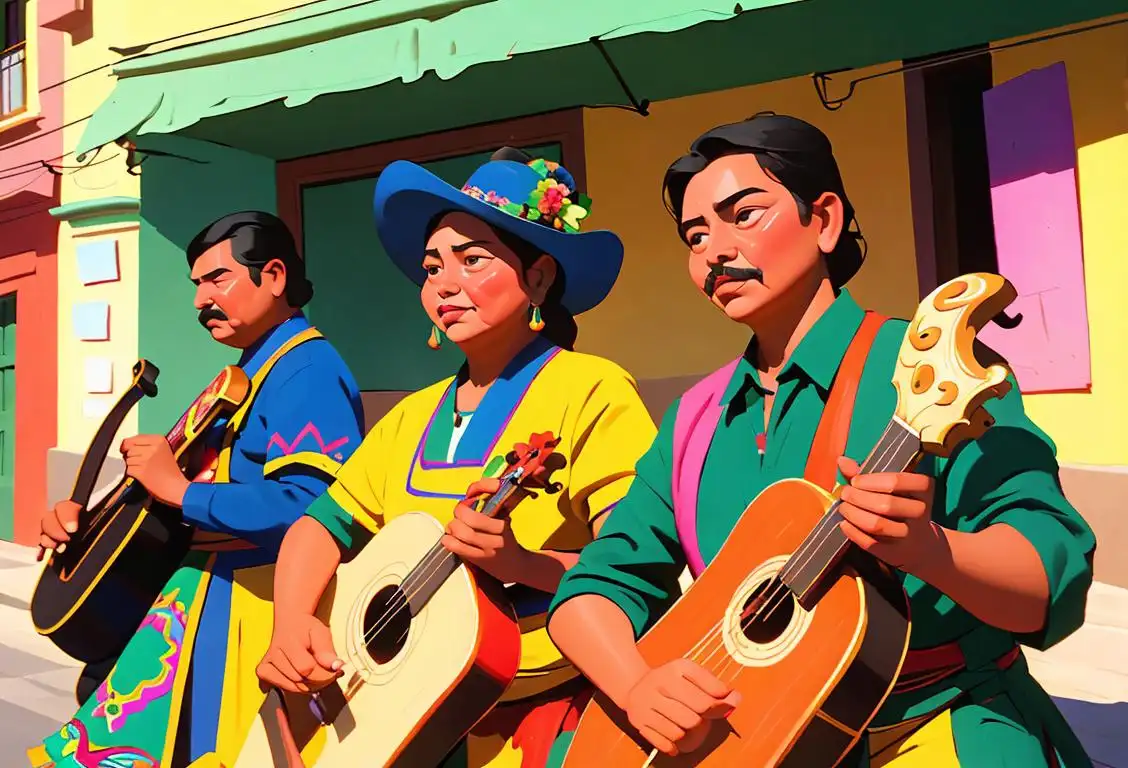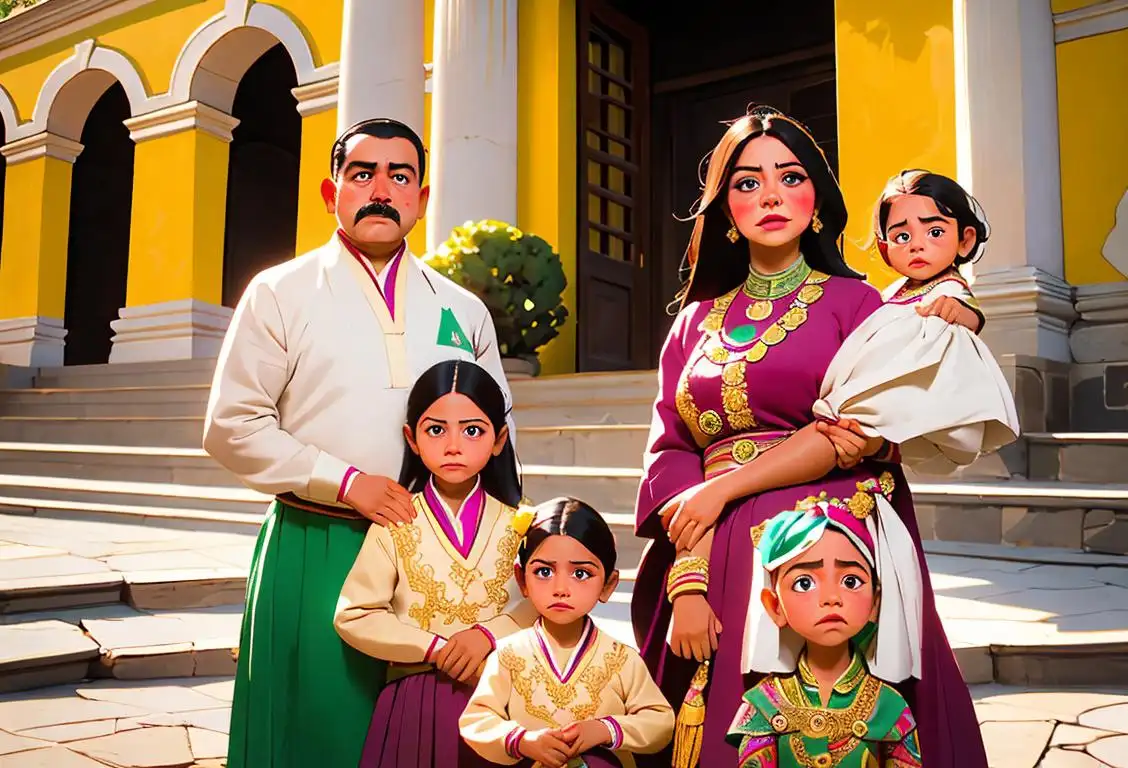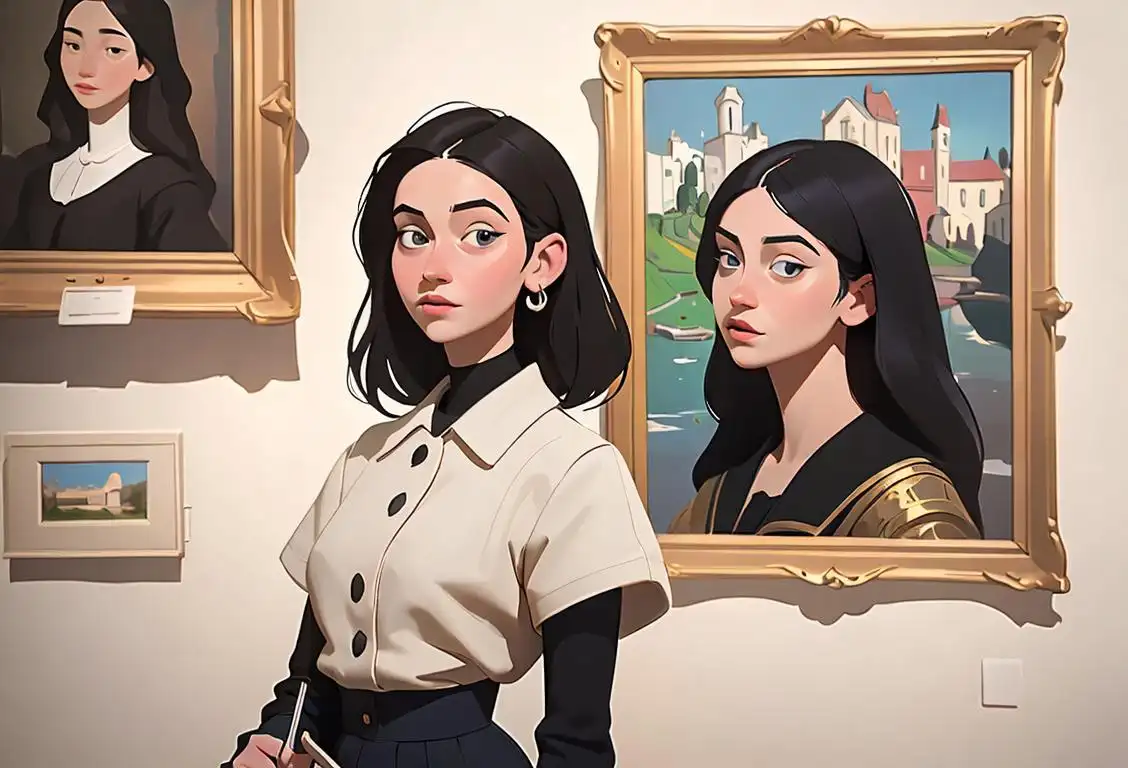National Quilt Day
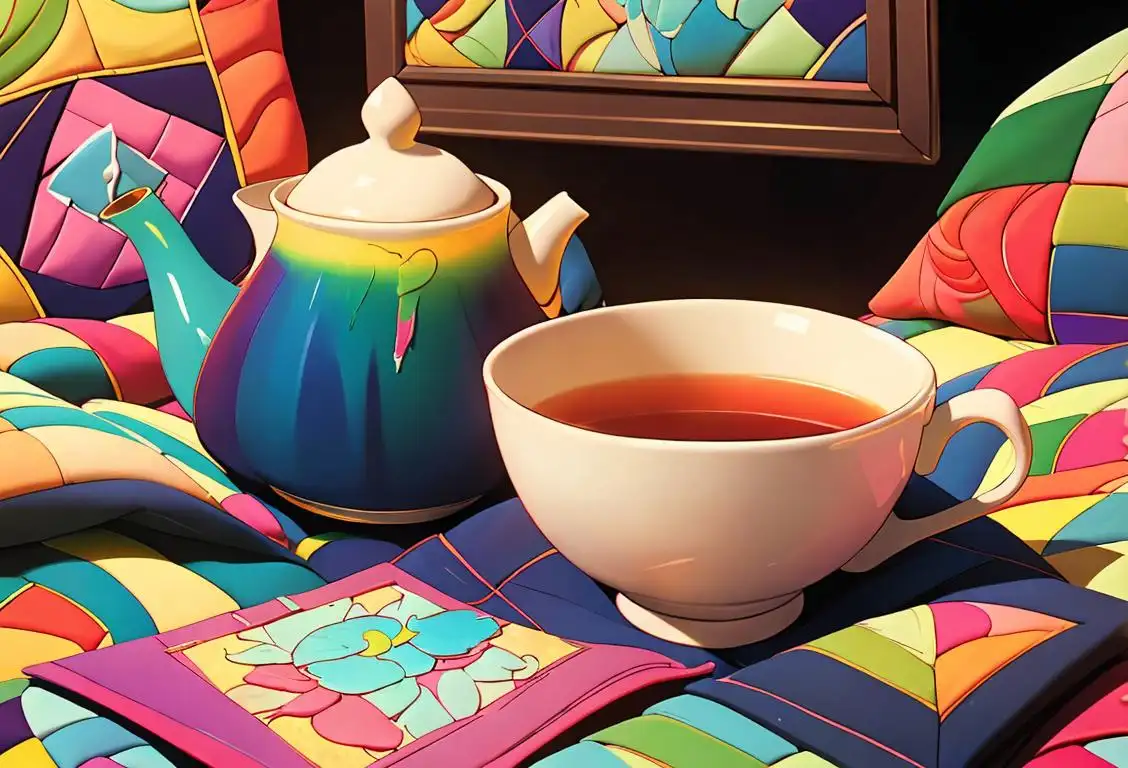
Hey there! Grab your sewing needles and get ready to celebrate National Quilt Day, a day dedicated to the art of quilting and all the cozy wonders it brings. Whether you're a seasoned quilter or just a fan of snuggly blankets, this national day is perfect for honoring the craft and creativity that goes into creating these beautiful works of art.
When is Quilt Day?
It's national quilt day on the 21st March.
The History of National Quilt Day
So, how did this fabulous day come to be? Well, National Quilt Day was first observed on March 21st, 1991. It was created by the National Quilt Association to celebrate the rich tradition of quilting and to promote the art form to a wider audience.
Quilting has a long and fascinating history, dating back centuries. Traditionally, quilts were stitched together by hand using various materials, such as scraps of fabric, to create warm and functional blankets. Over time, quilting evolved into a true art form, with quilters showcasing their skills through intricate designs, vibrant colors, and unique patterns.
Today, quilting has become a beloved hobby for many people around the world. It's not just about keeping warm anymore (although that's certainly a bonus!), but also about expressing creativity and preserving a beautiful tradition.
How to Celebrate National Quilt Day
Now that you know the history, it's time to dive into the fun part—celebrating National Quilt Day! Here are a few ideas to get you started:
- Join a quilting workshop or class to learn new techniques and connect with fellow quilters.
- Create your own quilt by picking out fabrics, designing a pattern, and stitching it all together.
- Visit a local quilt shop or museum to admire stunning quilts and gain inspiration.
- Donate a quilt to a charity or someone in need to spread warmth and love.
- Host a quilting party with friends and family—everyone can bring their own supplies and work on projects together.
No matter how you choose to celebrate, the key is to have fun and appreciate the artistry behind quilting.
History behind the term 'Quilt'
1400s
First recorded use of the term 'quilt'
The term 'quilt' is first recorded in the English language during the 1400s. It originated from the Latin word 'culcita', meaning a stuffed sack or cushion. The word later evolved to 'quilte' in Middle English, referring specifically to a thick bed covering filled with padding or feathers.
1700s
Rise of patchwork quilts
During the 1700s, patchwork quilts gained popularity. These quilts were made by sewing together small scraps of fabric, creating intricate patterns and designs. Patchwork quilts became a common way for families to recycle old garments and fabric remnants, making them both practical and decorative.
1800s
Quilting bees and community traditions
In the 1800s, quilting bees became a prevalent social activity. Women in communities would gather together to quilt, sharing stories, skills, and creating bonds. These gatherings were essential for many rural communities, as they provided an opportunity for socializing and exchanging fabric, patterns, and techniques.
1861-1865
Civil War quilts
During the American Civil War (1861-1865), quilts played a significant role. Quilting bees were organized to create quilts for soldiers, providing them with warmth and comfort on the battlefield. These quilts often featured patriotic designs and symbols, emphasizing unity and support for the troops.
1970s
Quilting as an art form
In the 1970s, quilting started to gain recognition as an art form. Artists began experimenting with new techniques, materials, and designs, pushing the boundaries of traditional quilting. Quilt shows and galleries started featuring quilts as works of art, showcasing their intricate stitching, imaginative patterns, and creativity.
Present
Quilting revival and diverse styles
Quilting continues to thrive, experiencing a revival in recent years. Modern quilters embrace a wide range of styles, from traditional patchwork to abstract designs. Quilt guilds, online communities, and workshops provide spaces for quilters to share their work and learn from one another, resulting in a dynamic and vibrant quilting culture.
Did you know?
Did you know that the world's largest quilt was created in 2003? It measured a whopping 28,959 square feet and was made up of over 10,000 individual blocks! Talk about a massive masterpiece!Tagged
history art craftsFirst identified
21st March 2015Most mentioned on
21st March 2015Total mentions
50Other days
Quilt Day
Ceramics Day
Golden Deer Propaganda Day
Gallery Over The Next Couple Of Day
Portrait Gallery For A One Day
Puppetry Day
Museum Of Mexican Art Day
Palace In Mexico City Ahead Of Day
Geographic Photographer Creates Striking Inauguration Day
Museum Selfie Day
